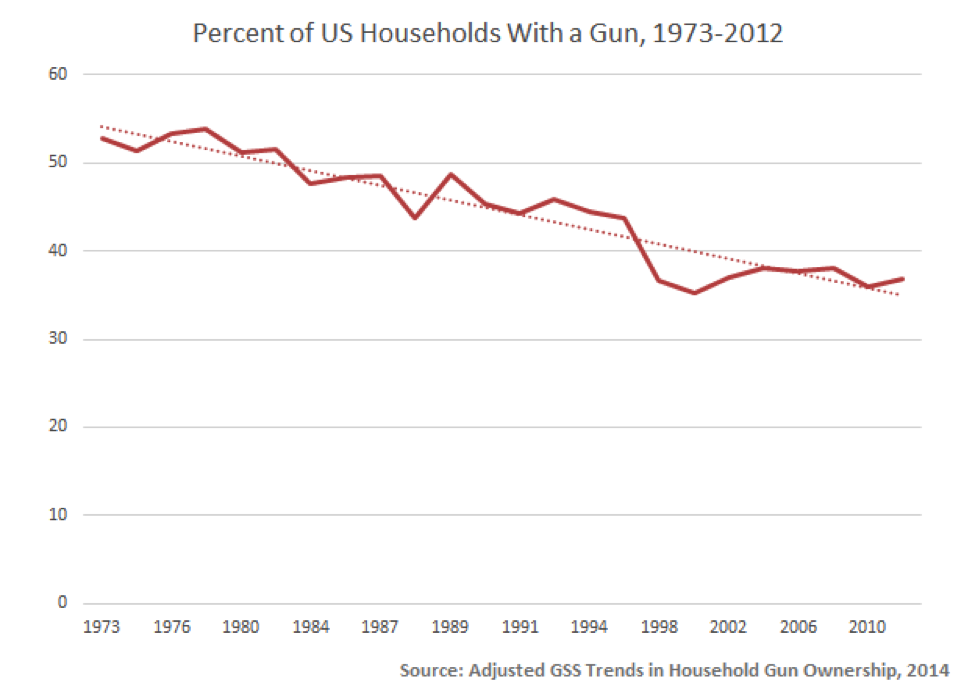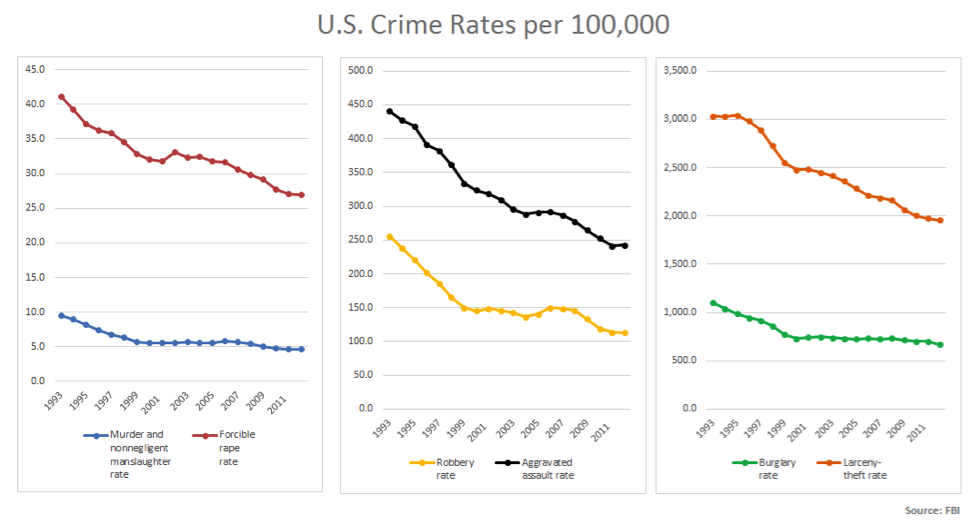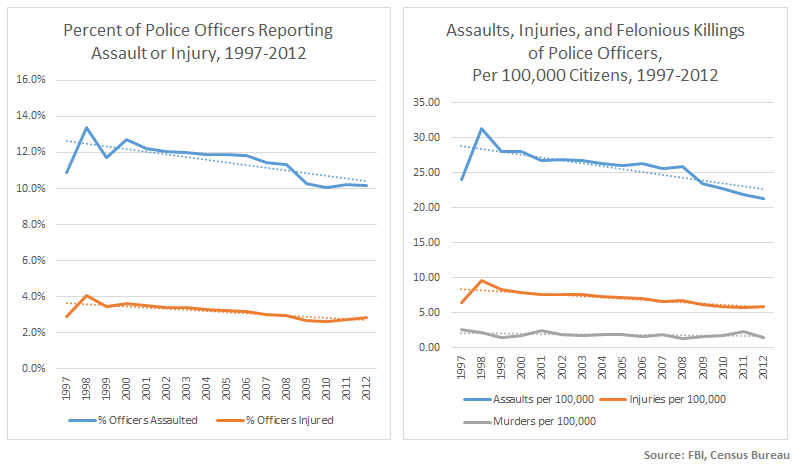America’s Aristocracy of Privilege and Power – Article by Daniel J. Bier

Bush, Kennedy, Romney, Clinton, and, yes, even Paul — is it just a coincidence that the same names keep appearing on the ballots each election cycle? Are these families just innately talented legislators, naturally “born to rule”?
No, says economist Seth Stephens-Davidowitz. America’s lame political dynasties are the result of a political system rife with nepotism.
There is a very real chance that the presidential election in 2016 will pit Jeb Bush against Hillary Clinton.… Whether or not you like one of the candidates, it just doesn’t feel right, in part because a second Bush-Clinton election makes a mockery of our self-identification as a democratic meritocracy.…
In our era a son of a president was roughly 1.4 million times more likely to become president than his supposed peers.… The presidency is obviously a small sample. But the same calculations can be done for other political positions. Take governors.
Because it is difficult to be sure that you have counted all the sons of governors, let’s assume that governors reproduce at average rates. This would mean there were about 250 baby boomer males born to governors. Five of them became governors themselves, about one in 50. This is 6,000 times the rate of the average American. The same methodology suggests that sons of senators had an 8,500 times higher chance of becoming a senator than an average American male boomer.
But there’s nepotism everywhere, and most parents want their children to follow in their footsteps. Is politics remarkable?
Is this electoral edge unusual? Successful parents, whatever their occupation, pass on their genes and plenty of other stuff to their kids. Do different fields have similar familial patterns?
In just about every field I looked at, having a successful parent makes you way more likely to be a big success, but the advantage is much smaller than it is at the top of politics….
Think about the N.B.A. further. The skills necessary to be a basketball player, especially height, are highly hereditary. But the N.B.A. is a meritocracy, with your performance easy to evaluate. If you do not play well, you will be cut, even if the team is the New York Knicks and your name is Patrick Ewing Jr. Father-son correlation in the N.B.A. is only one-eleventh as high as it is in the Senate.
Presidents, superstar athletes, Nobel Prize-winning scientists, and other leaders in their field are outliers in the distribution. “Regression to the mean” is a statistical principle that describes the tendency of variables to return to the average over time. In the case of hereditary athletic talents, we should expect that Michael Jordan’s sons will be pretty average basketball players and will probably not end up dominating the NBA.
But in politics, we don’t see this: “The Bush family’s dominance would be the basketball equivalent of Michael Jordan being the father of LeBron James and Kevin Durant — and of Michael Jordan’s father being Walt Frazier.”
In other words, the odds that the best person to run your government (assuming such a thing exists) just so happened to live in the same house as the previous senator, governor, or president are stupendously bad.
He notes that politics isn’t the only sphere where irrational favoritism for close relations shows up in the data: CEOs tend to give birth to CEOs at an improbable rate, too, and we know that heredity isn’t a foolproof guide to succession in business, either. Economists have shown that family businesses that favor succession to blood relatives tend to perform worse after the transition.
The difference is that in business, the cost of the decision falls on those who make it. In politics, we all pay.
Stephens-Davidowitz concludes, “The data shows conclusively that we have a nepotism problem. So now the question is: Why does the modern United States tolerate this level of privilege for political name brands?”
Indeed. How could this be? It can’t be nepotism in the same way that family businesses tap relations to run the company — it’s the voters who decide who wins the next election. So how could equalitarian democracy, the great leveller, the system that tells elementary students “you too could grow up to be senator or president,” recreate dynastic political succession?
Well, the answer is that the promise is partially true: technically, any citizen can become a senator — Sen. Elizabeth Warren, he points out, is the daughter of a janitor — but you’re just 8,500 times more likely to get there if your mom or dad was too. And, in part, it could be that intelligence (or low cunning) is heritable and makes politicians’ kids better at the game. But that doesn’t explain the continued popularity of a figure like Robert F. Kennedy Jr., the dull luminary of the anti-vaccine and “jail climate deniers” movements, who has clearly regressed to mean with a vengeance.
A better answer is that America’s dynasties reveal something fundamental about politics: we do not have a meritocracy because democracy is not a good way to select rulers (even if it is, as is so often said, the least worst way). Surveys show conclusively that the electorate is wildly ill-informed about both the candidates and the issues, as well as aggressively irrational about a host of important economic, political, scientific, legal, and simply factual issues. Controlled studies show that voters select candidates for patently absurd reasons, like their height, weight, attractiveness, and timbre of voice. And, in answer to Stephens-Davidowitz’ last question, more than anything else, name recognition matters.
What makes politics so futile is not that the national electorate improbably keeps landing on the same few families, decade after decade. Rather, it’s that the voters keep supporting the same dumb policies.
We don’t need a rule to prevent political power from passed down through families. The rules that govern what people can do with elected office matter far more than who sits there. We need, as comedian Penn Jillette once said, to give politicians so little power that it doesn’t matter who they are — rather than so much power that it doesn’t matter who they are.
Daniel Bier is the executive editor of The Skeptical Libertarian. He writes on issues relating to science, skepticism, and economic freedom, focusing on the role of evolution in social and economic development.
This article was originally published by The Foundation for Economic Education.


